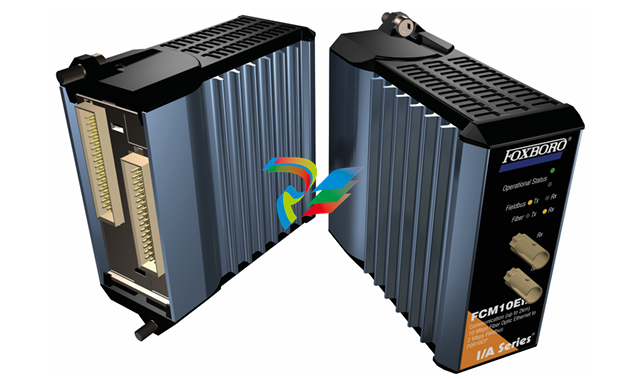
Woodward Peak200 Steam Turbine Controls Advanced Control Systems for Modern Power Generation
Peak200 Steam Turbine Controls
Advanced Control Systems for Modern Power Generation
1. Introduction
Steam turbine control systems have evolved significantly in recent decades, transitioning from traditional mechanical
governors to sophisticated digital control platforms. The Peak200 system represents the latest generation of turbine control technology, designed to meet the demanding requirements of modern power plants including rapid load changes, improved efficiency, and enhanced grid stability support.
As power generation facilities face increasing pressure to improve efficiency while reducing emissions and operational costs, advanced control systems like the Peak200 have become essential components of modern power plant infrastructure. This system integrates multiple control loops, safety systems, and optimization algorithms to deliver superior performance across all operational conditions.
2. System Architecture
2.1 Hardware Components
The Peak200 control system is built upon a distributed control architecture featuring redundant processing units, high-speed communication networks, and ruggedized I/O modules designed for the harsh industrial environment of power generation facilities.
Primary Control Unit
Dual-redundant processors with hot-standby capability, ensuring continuous operation even during hardware failures. Features advanced floating-point processing for complex control algorithms.
I/O Subsystem
Modular analog and digital I/O cards with built-in signal conditioning, isolation, and diagnostic capabilities. Supports both 4-20mA and digital protocols.
Communication Interface
Multi-protocol support including Modbus, DNP3, and IEC 61850, enabling seamless integration with existing plant systems and SCADA networks.
Human Machine Interface
Touch-screen operator stations with intuitive graphics, trend displays, and alarm management systems for efficient plant operation and monitoring.
2.2 Software Architecture
The software architecture employs a real-time operating system optimized for deterministic control applications. The modular design allows for easy customization and future upgrades while maintaining system integrity and performance.
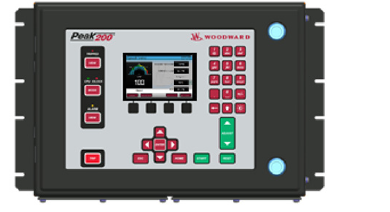
3. Control Functions
3.1 Speed and Load Control
The Peak200 system implements advanced multi-loop control strategies for precise speed and load regulation. The primary speed control loop maintains turbine speed within tight tolerances using a combination of proportional-integral-derivative (PID) control with adaptive gain scheduling.
Speed regulation accuracy: ±0.25% at all loads
Load response time: <30 seconds for 10% step change
Maximum load ramp rate: 10 MW/minute
Frequency response capability: Primary and secondary regulation
3.2 Protection Systems
Comprehensive protection algorithms monitor critical turbine parameters and execute appropriate protective actions to prevent equipment damage. The system incorporates multiple levels of protection from alarms to emergency trip functions.
| Protection Function | Trip Point | Response Time | Action |
|---|---|---|---|
| Overspeed | 103% rated speed | <10 ms | Emergency trip |
| High Bearing Temperature | 85°C | 1 second | Controlled shutdown |
| Low Condenser Vacuum | 85 kPa absolute | 5 seconds | Load reduction |
| High Vibration | 7.5 mm/s RMS | 2 seconds | Alarm and trend |
3.3 Optimization Features
The system includes advanced optimization algorithms that continuously adjust control parameters to maximize efficiency while maintaining safe operation. These features include steam condition optimization, valve position optimization, and predictive load management.
4. Technical Specifications
| Parameter | Specification | Notes |
|---|---|---|
| Control Loop Update Rate | 100 Hz | Primary speed control |
| Analog Input Resolution | 16-bit | ±0.01% accuracy |
| Operating Temperature | -20°C to +70°C | Extended industrial range |
| Communication Speed | Up to 100 Mbps | Ethernet-based protocols |
| Memory Capacity | 2 GB RAM, 32 GB Storage | Expandable configuration |
| Power Supply | 24 VDC, 48 VDC, 125 VDC | Redundant supplies available |
5. Installation and Commissioning
5.1 Pre-Installation Requirements
Proper installation of the Peak200 system requires careful planning and adherence to industry standards. Site preparation includes electrical infrastructure, grounding systems, and environmental controls to ensure optimal system performance.
5.2 Configuration and Tuning
The commissioning process involves systematic testing and tuning of all control loops and protection functions. Advanced diagnostic tools and simulation capabilities facilitate rapid commissioning while ensuring safe operation throughout the process.
6. Maintenance and Diagnostics
6.1 Predictive Maintenance
The Peak200 system incorporates advanced diagnostic capabilities that monitor system health and predict potential failures before they occur. Machine learning algorithms analyze operational data to identify trends and anomalies that may indicate developing problems.
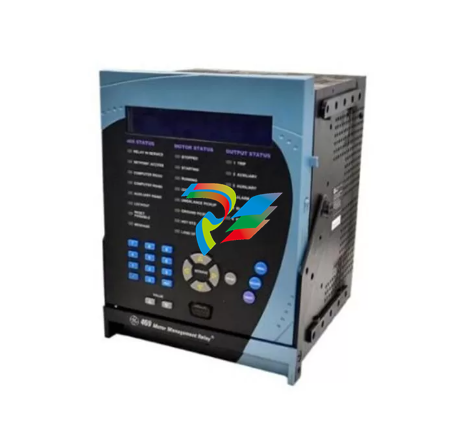



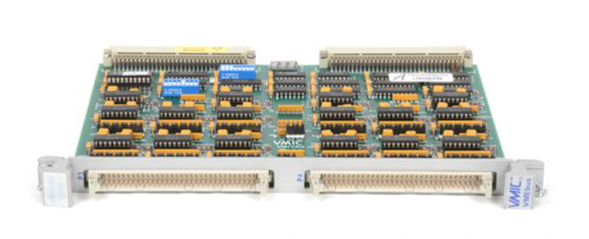

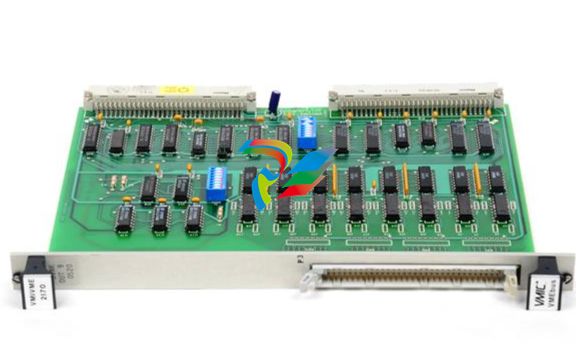
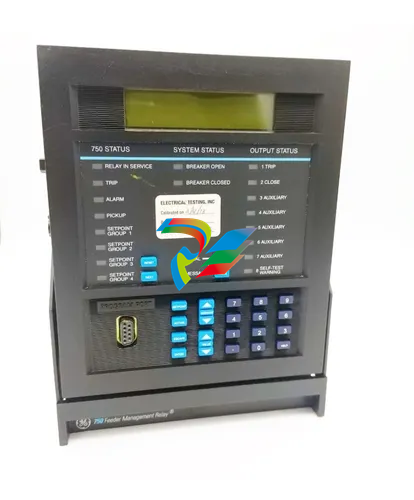

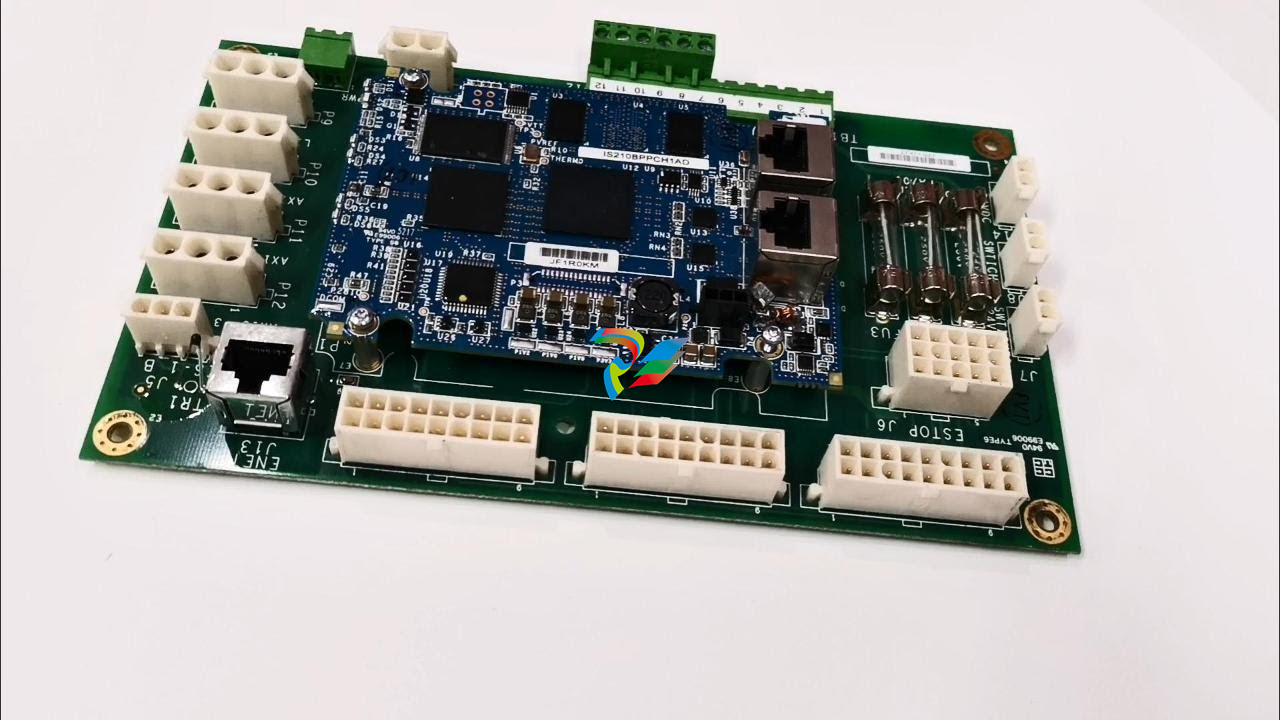

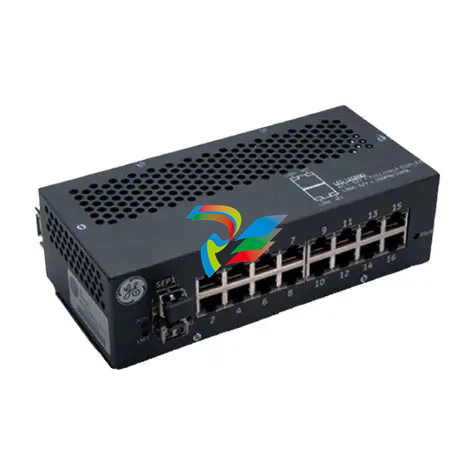
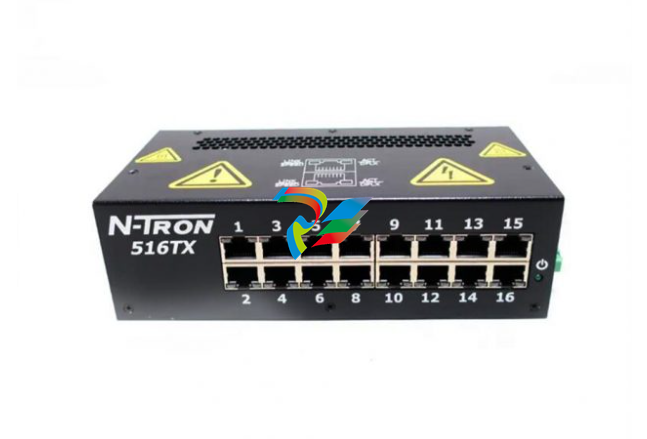

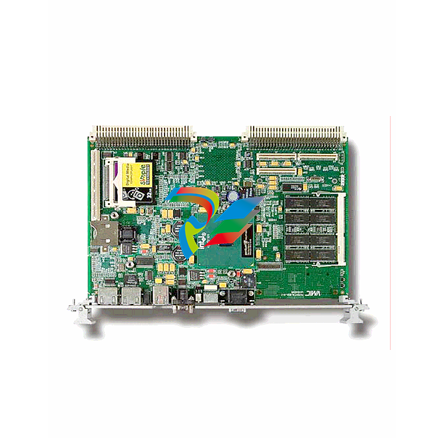




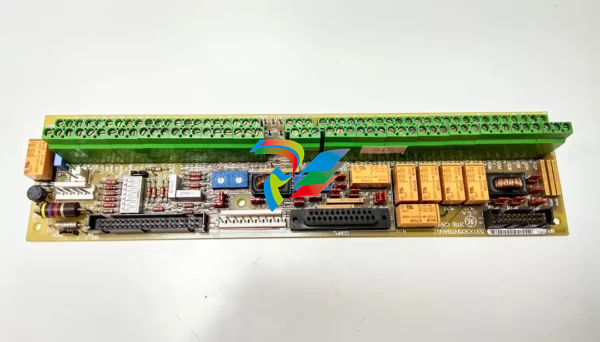
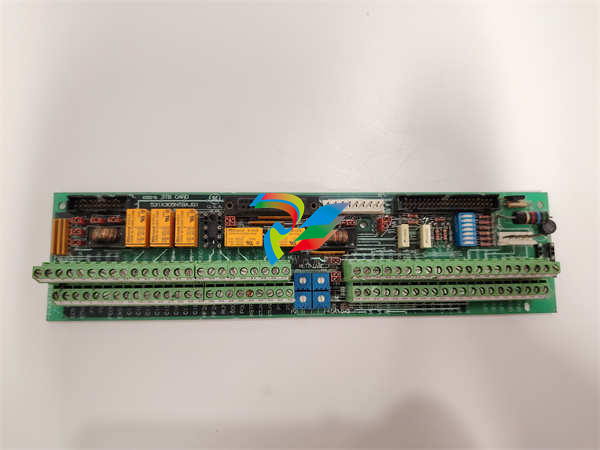

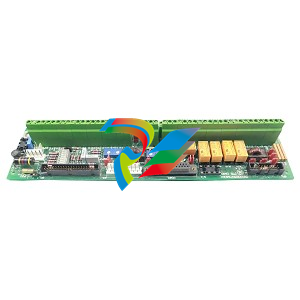
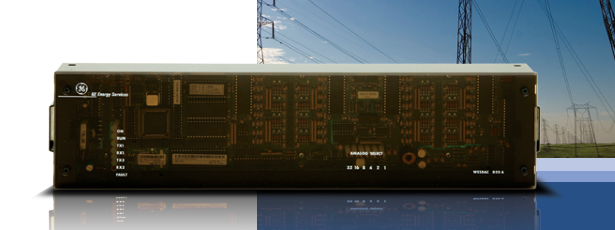


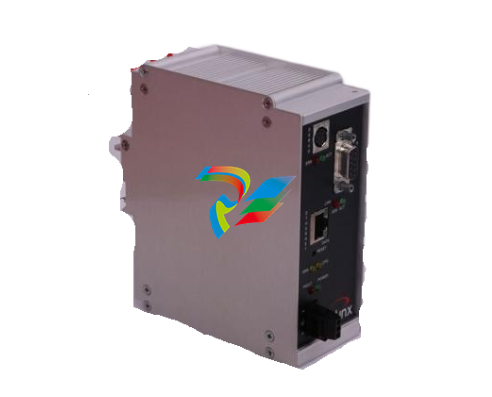

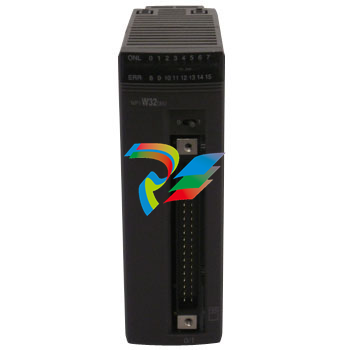
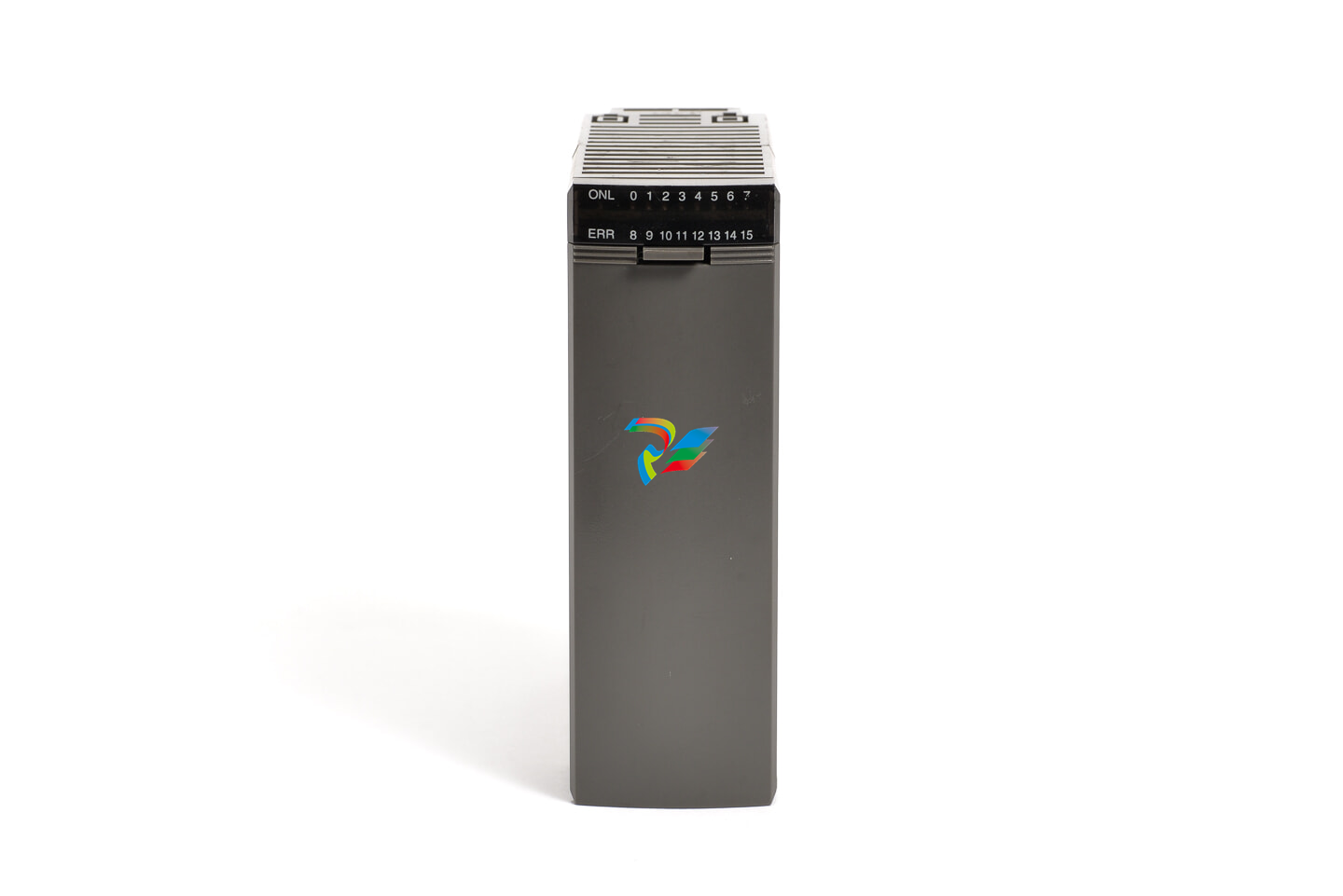
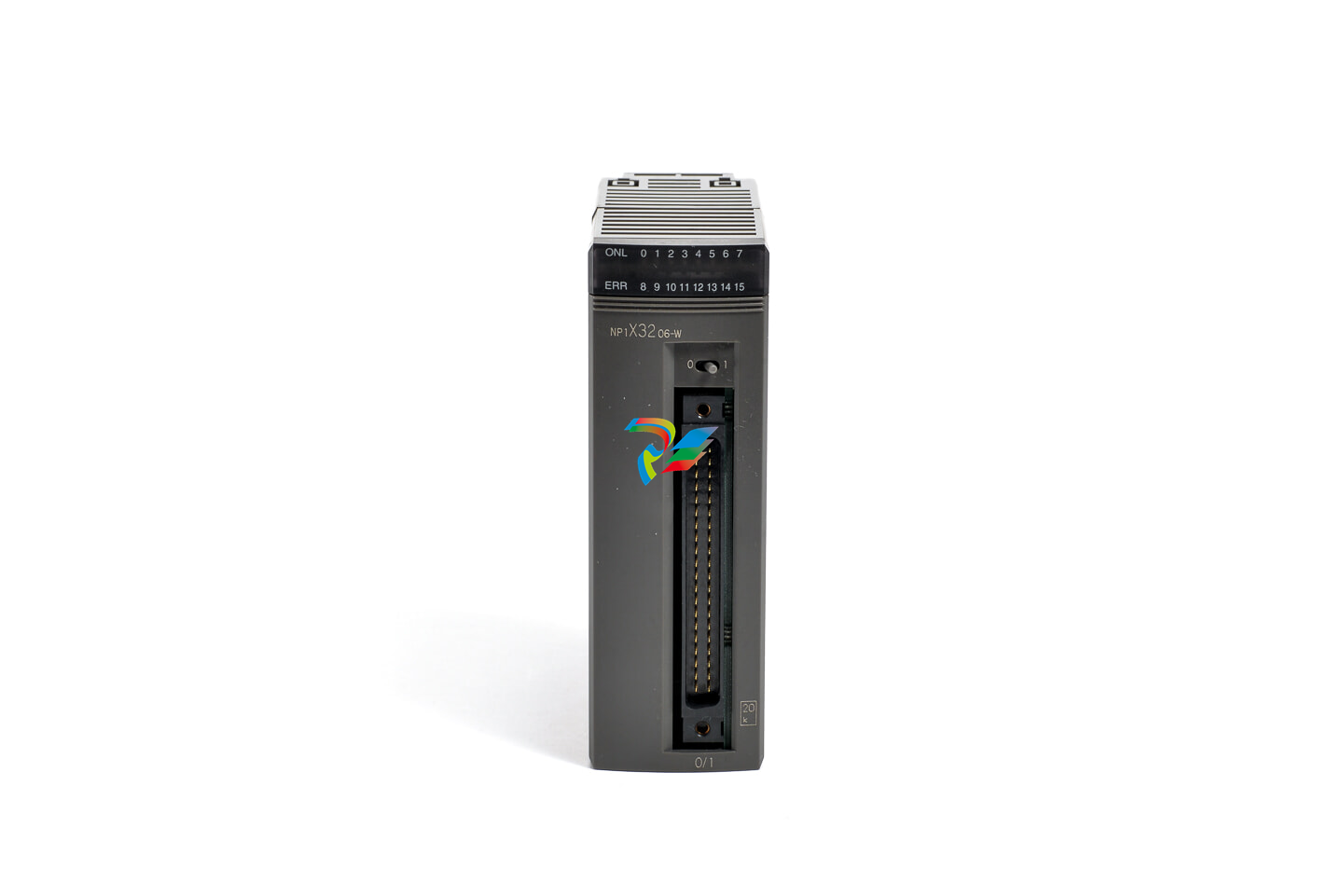

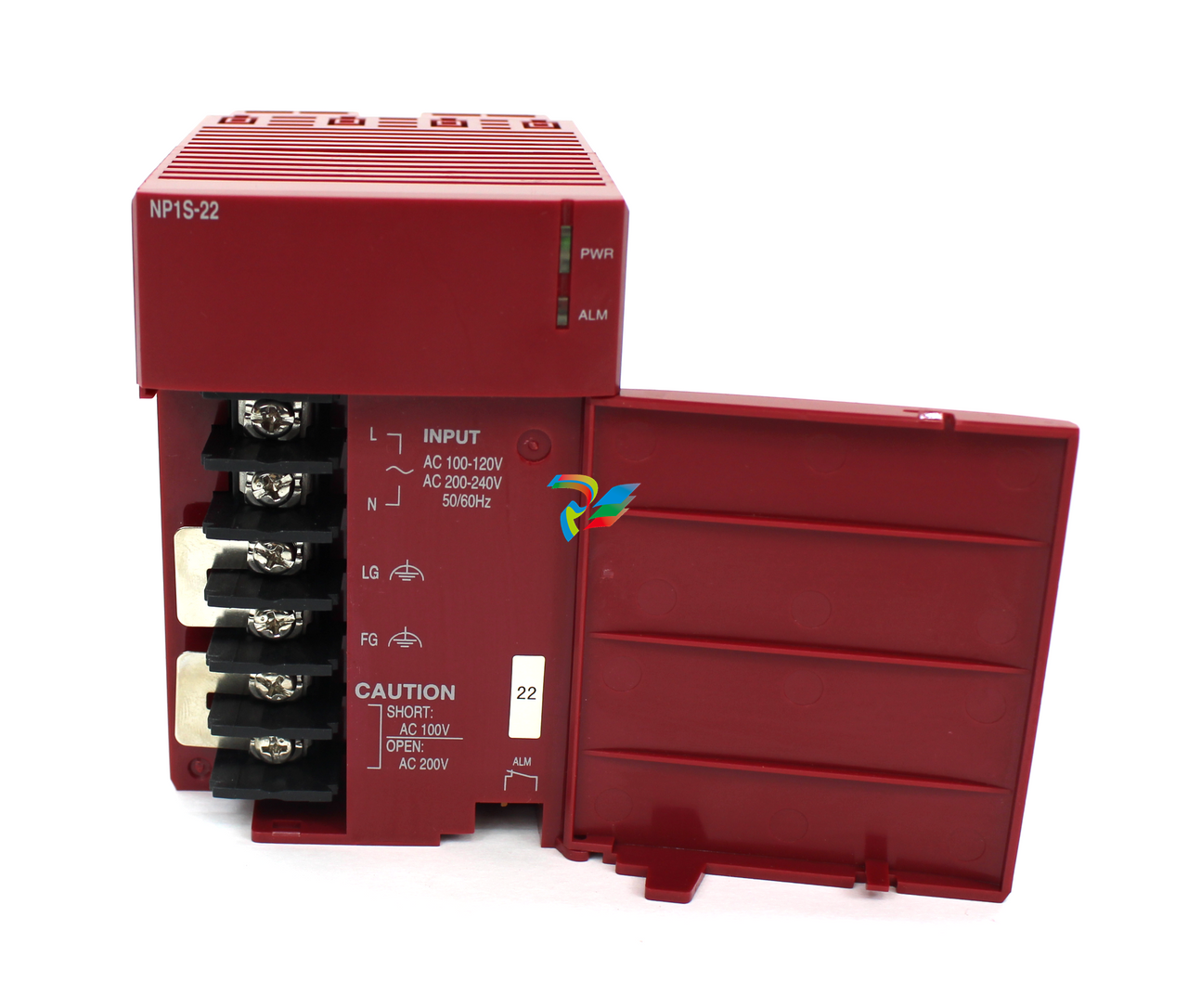
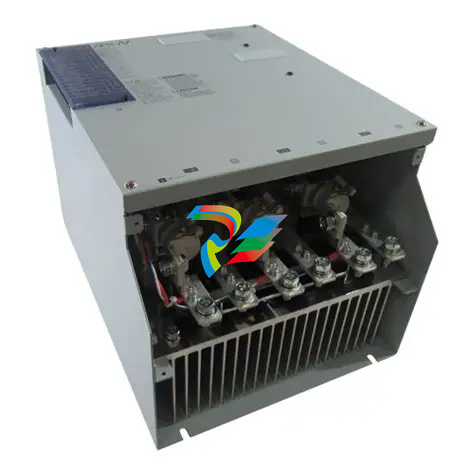
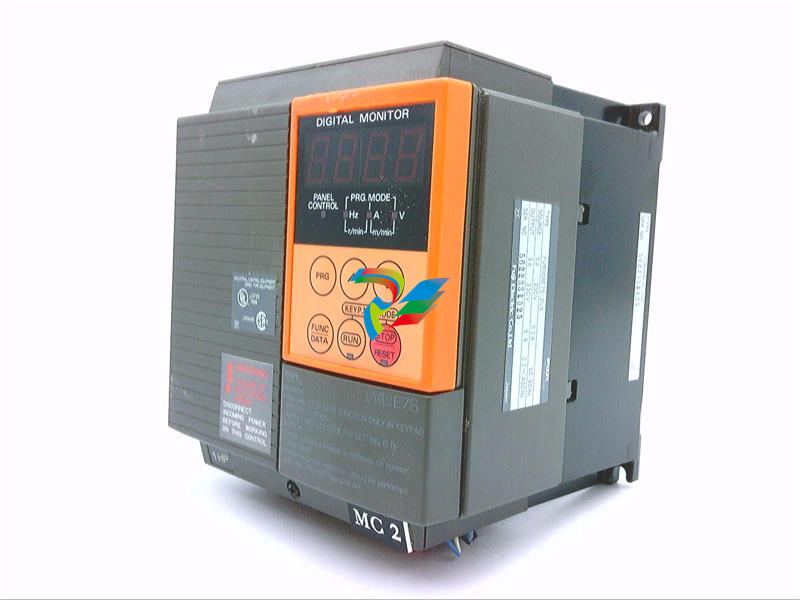
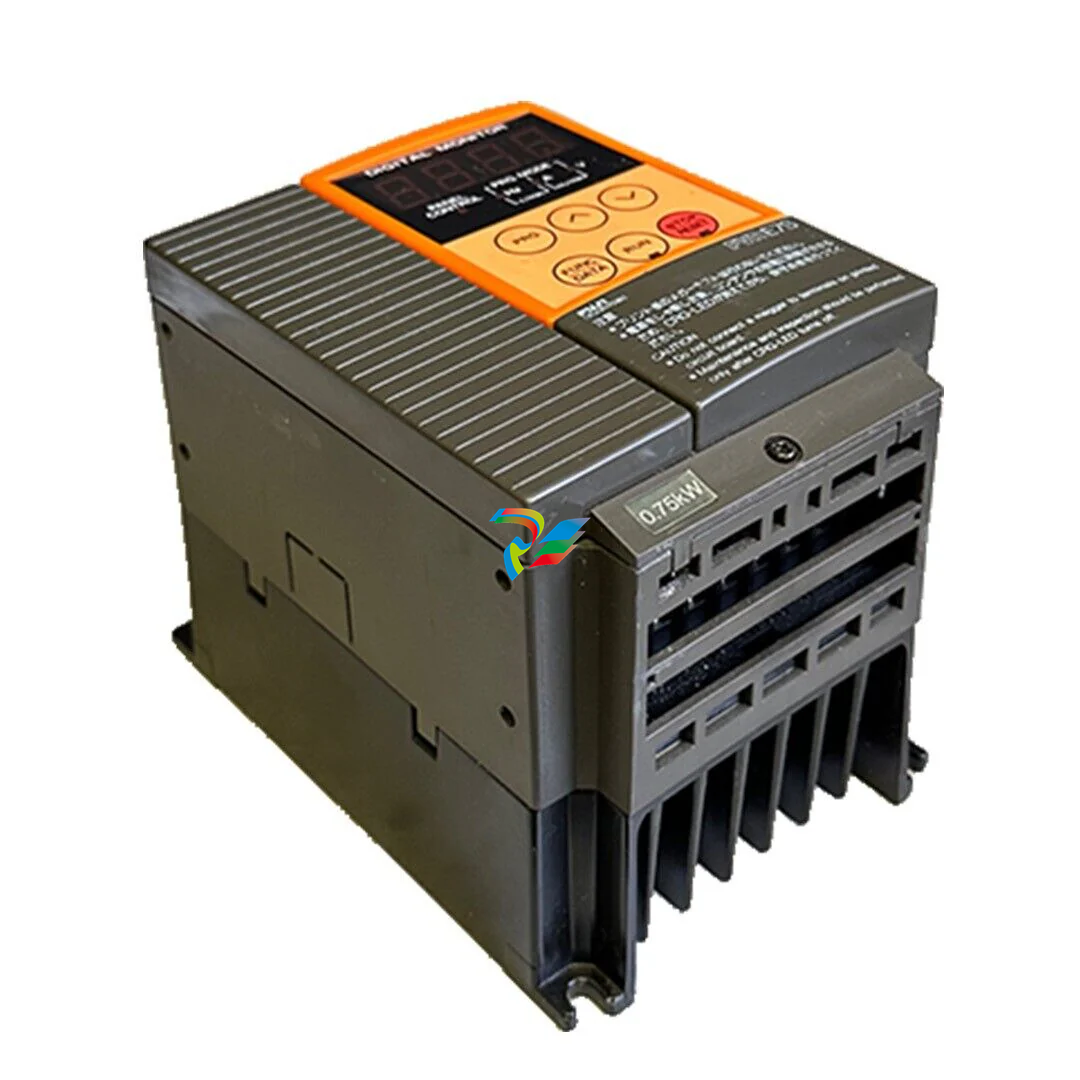
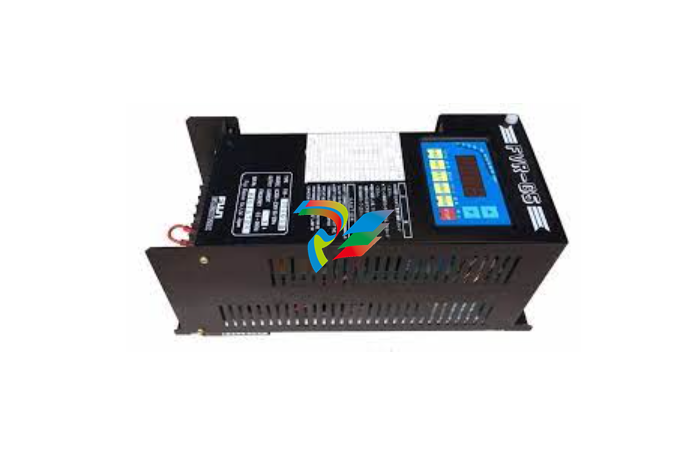


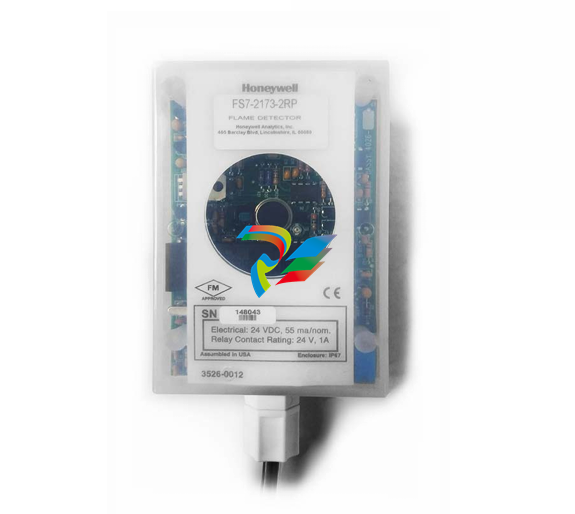

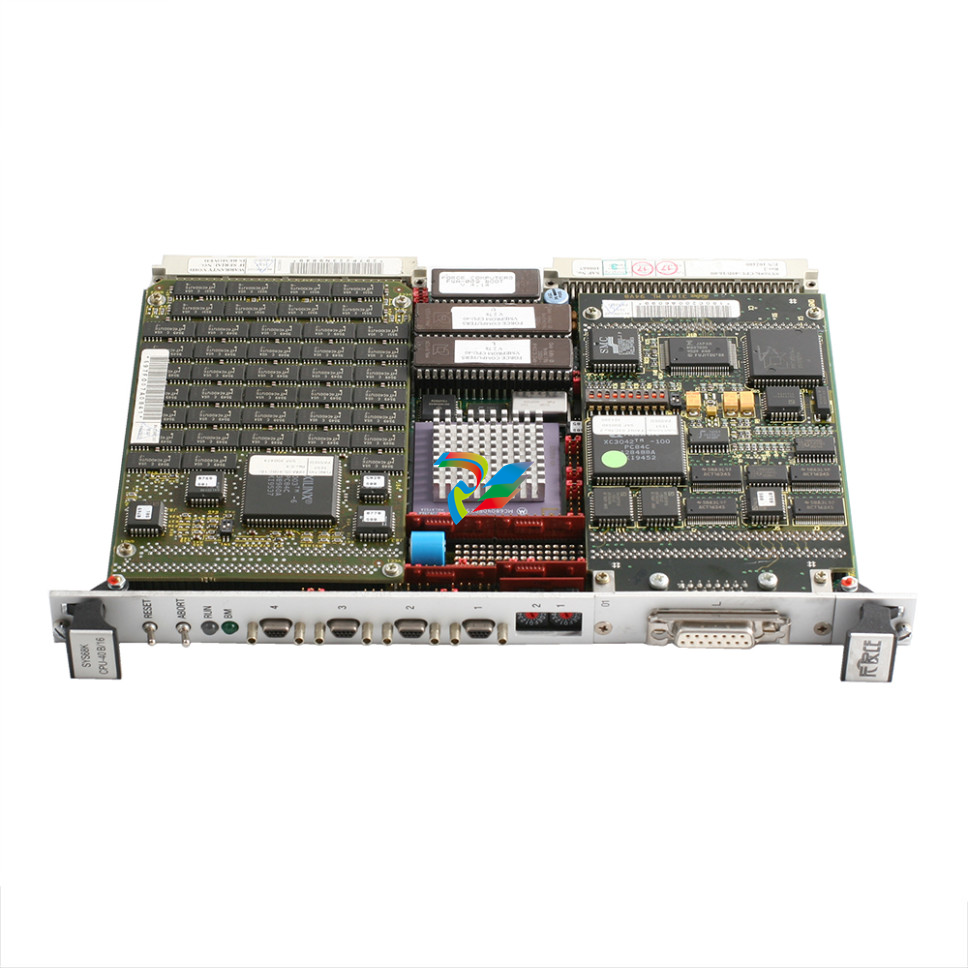
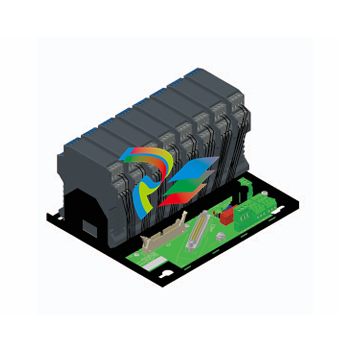


.jpg)
.jpg)
.jpg)



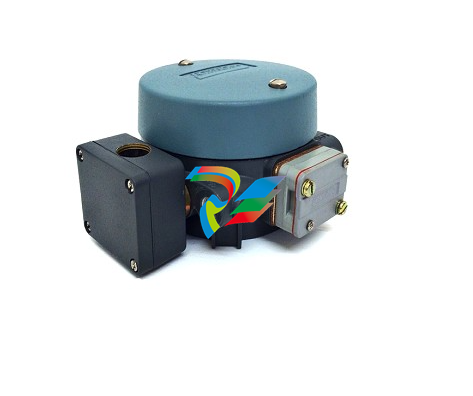

.jpg)
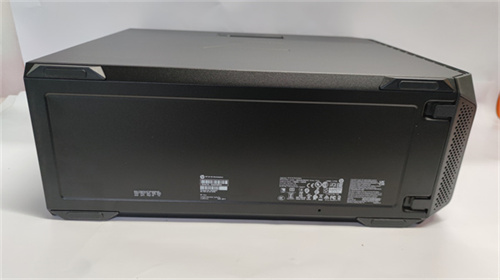
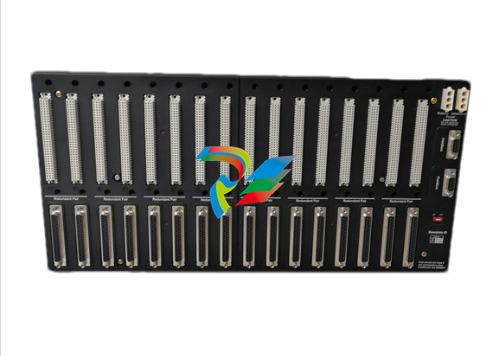
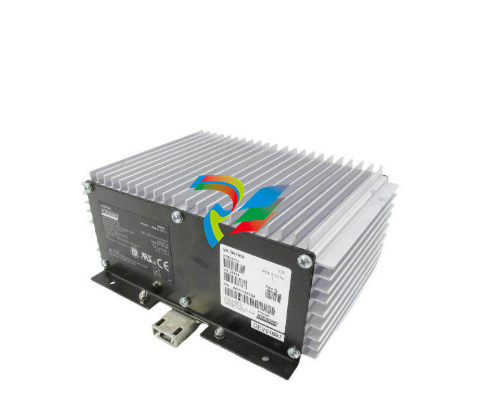
.png)
.jpg)

.jpg)
_lVjBYb.jpg)

.jpg)
.jpg)
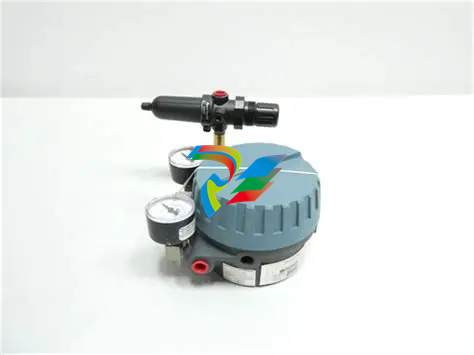
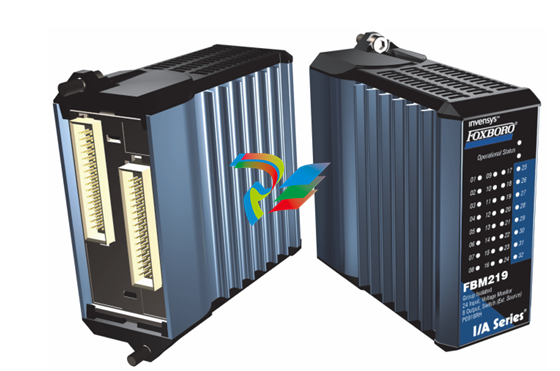

.jpg)
.jpg)
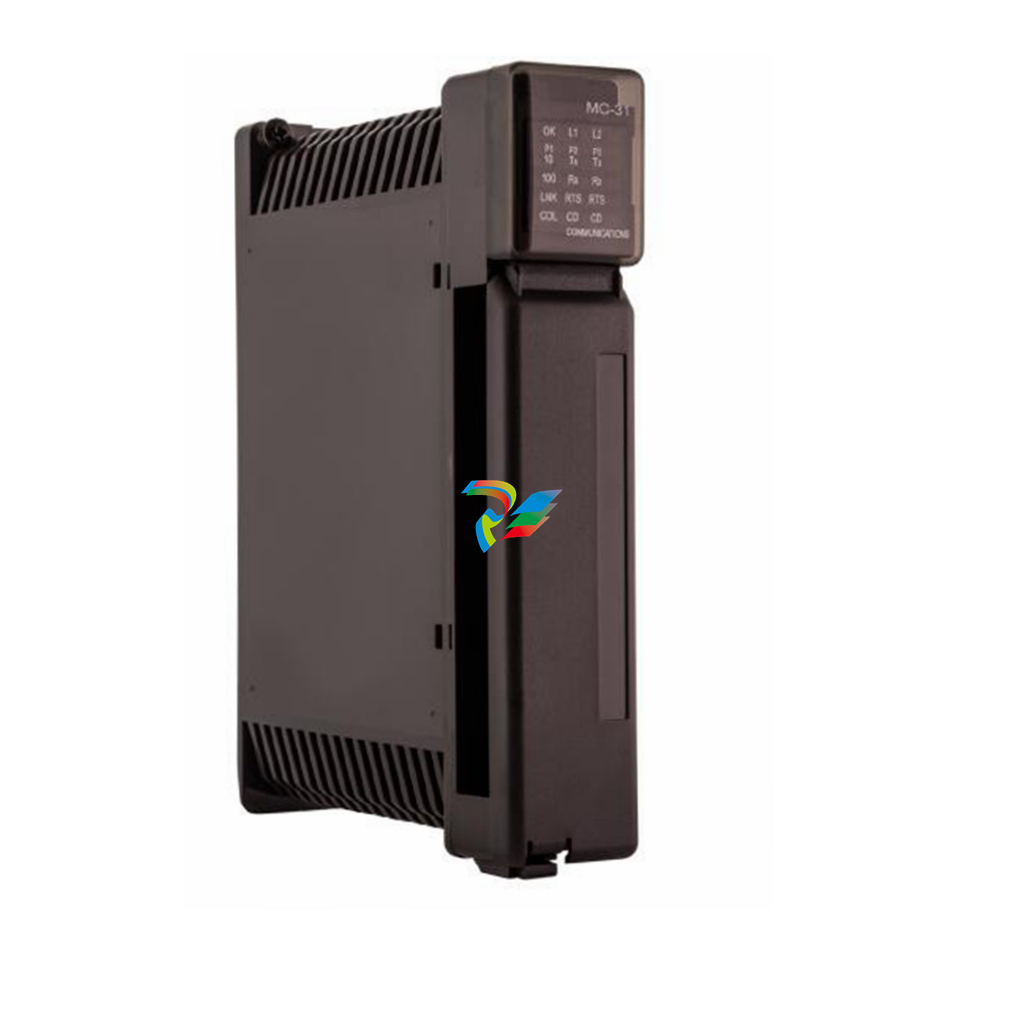
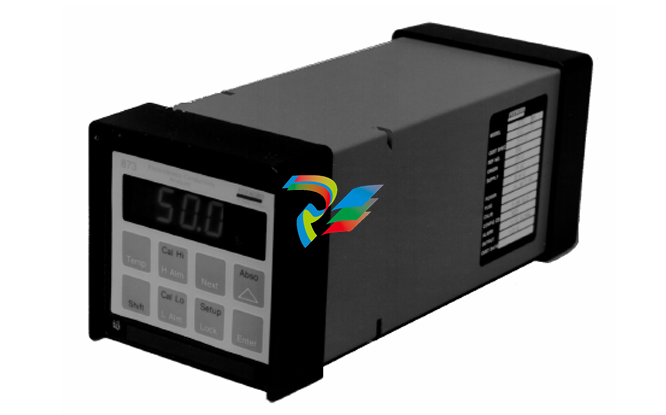
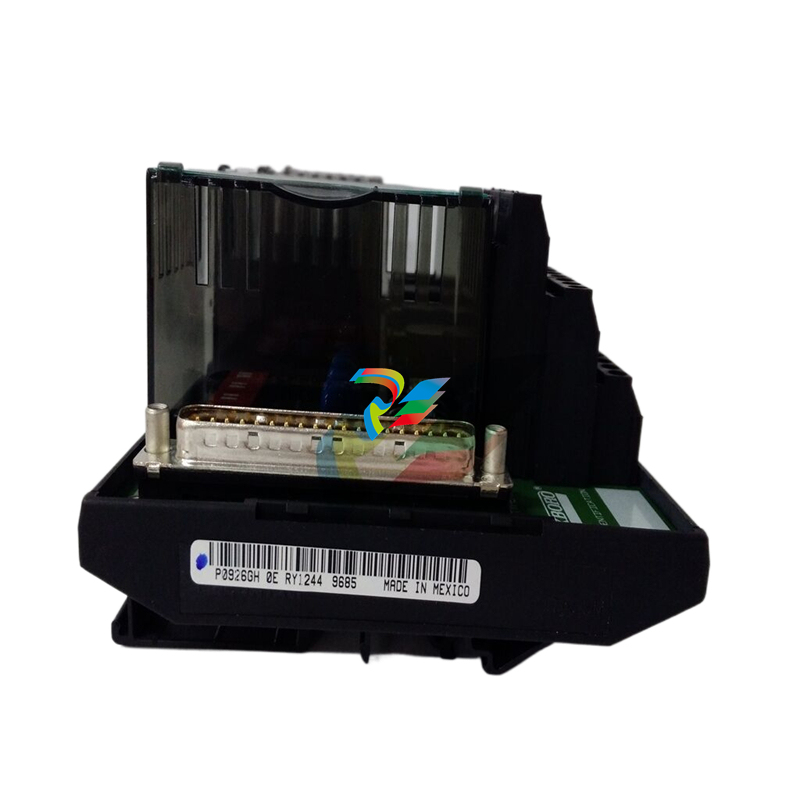
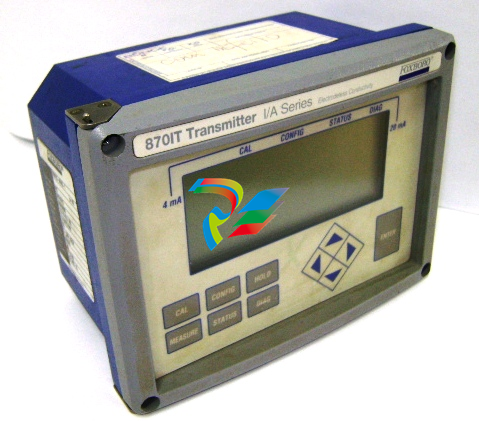
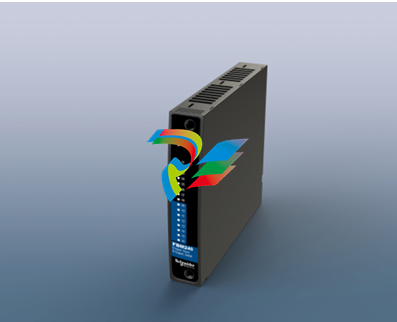

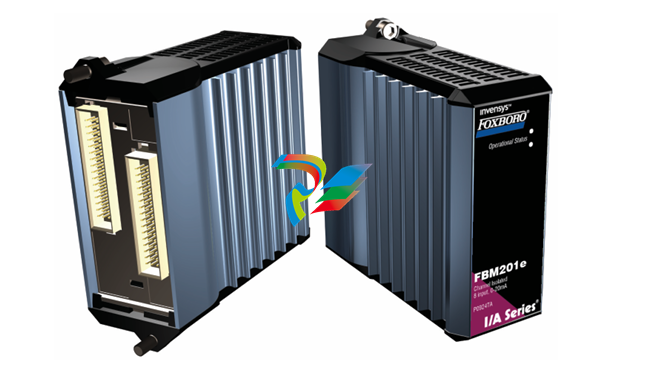
.jpg)
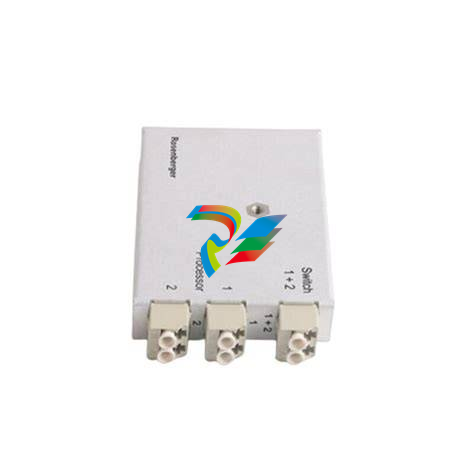
.jpg)
.jpg)
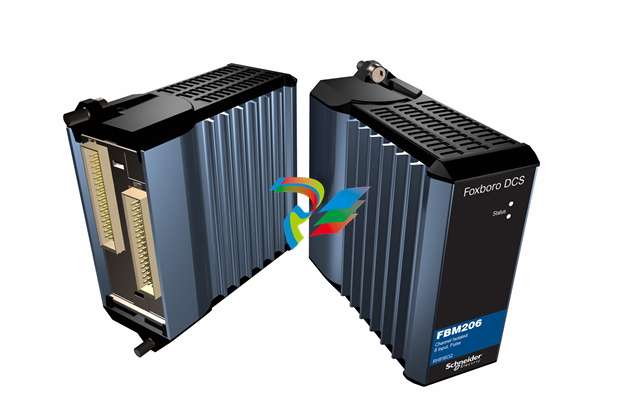
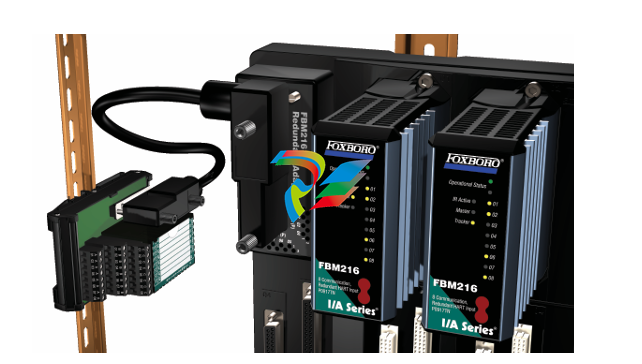

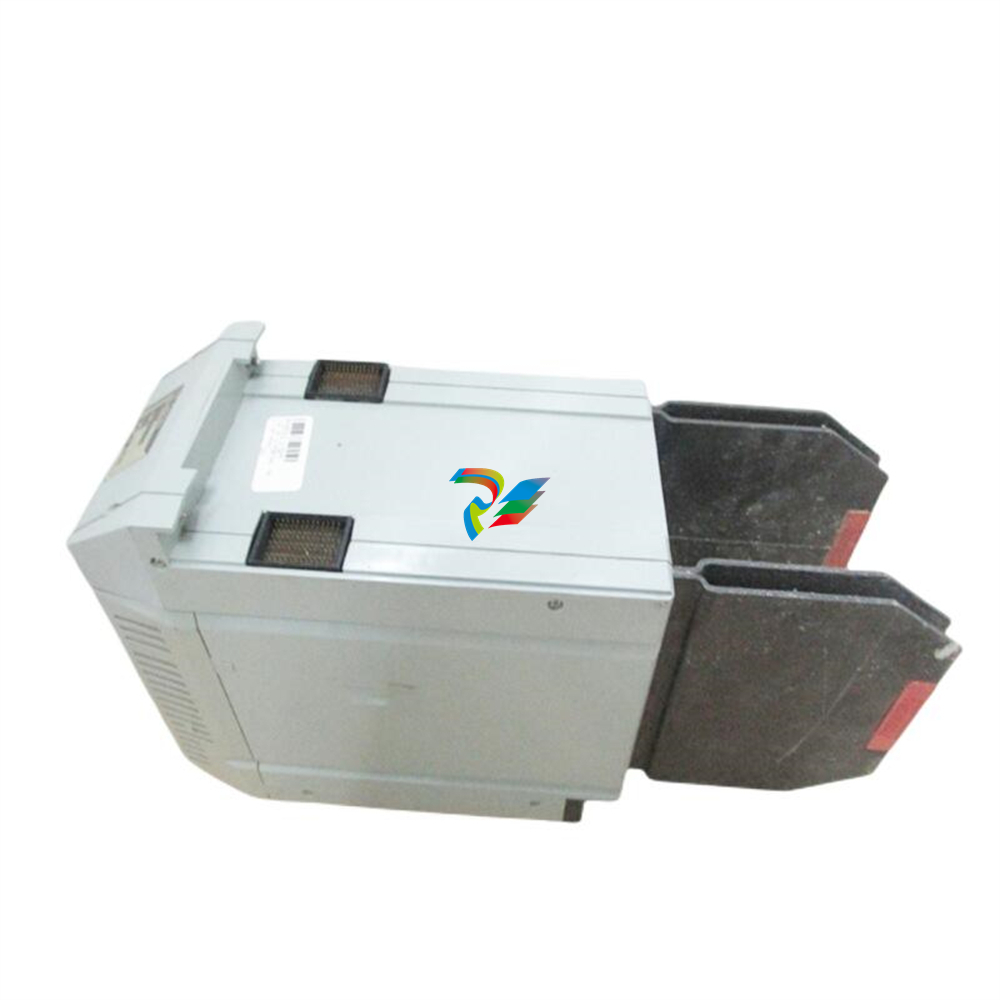

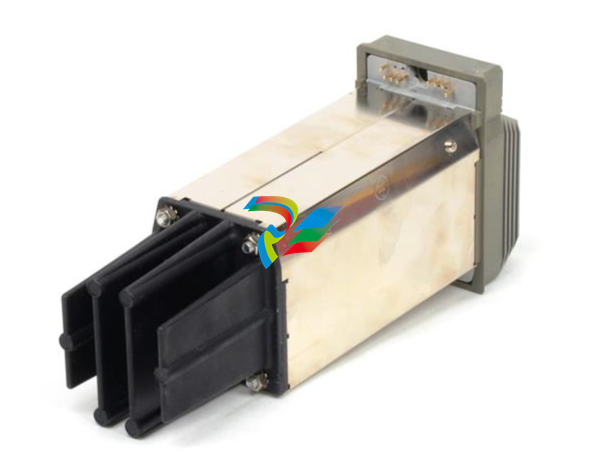
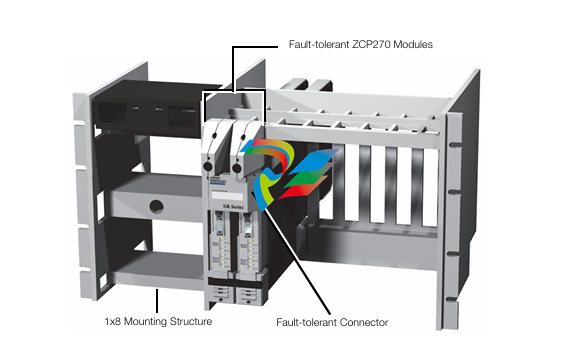

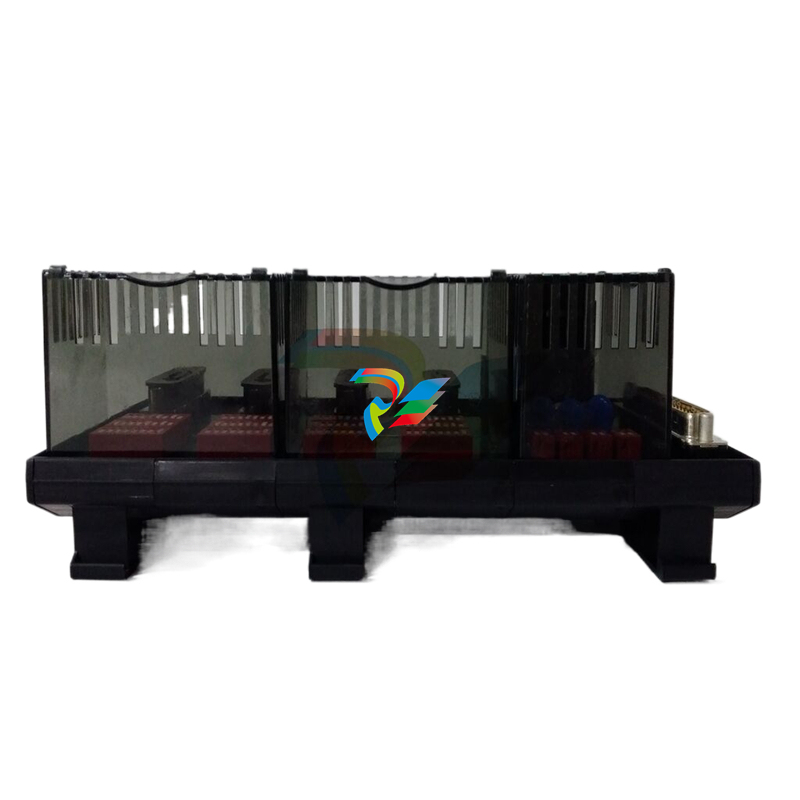

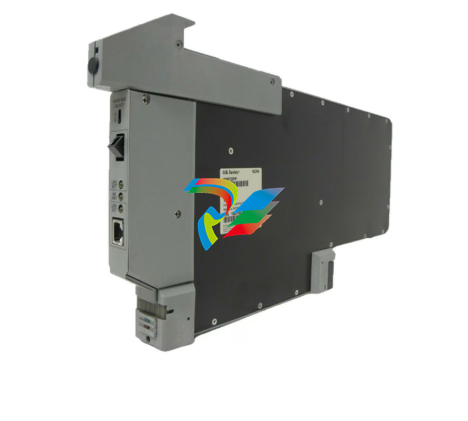
.jpg)

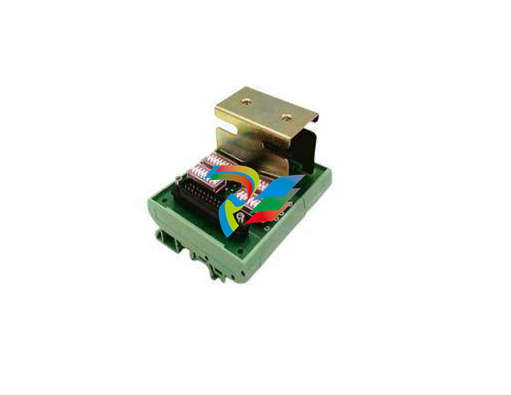
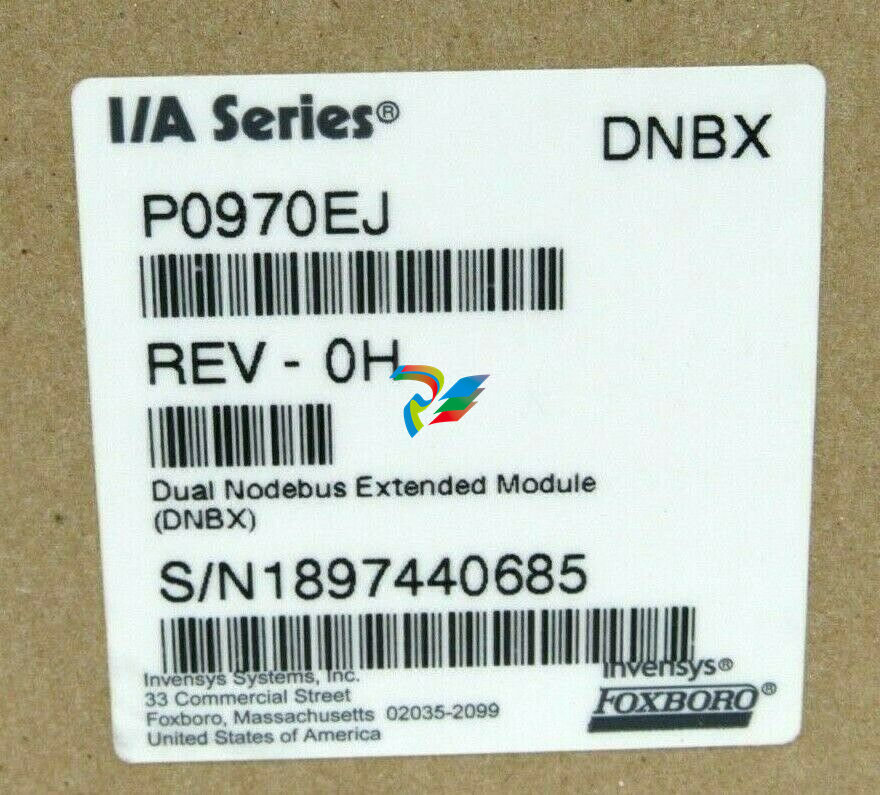
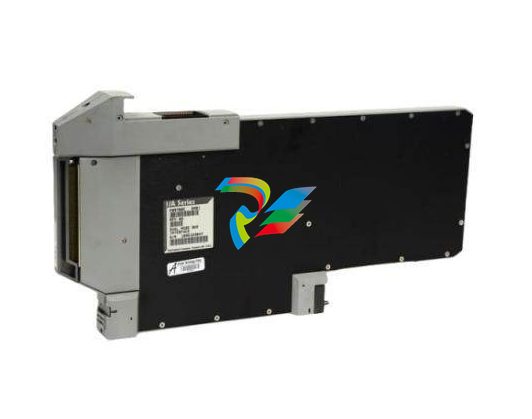
.jpg)
.jpg)
.jpg)
.jpg)
.jpg)
.jpg)

.jpg)

.jpg)
.jpg)
.jpg)

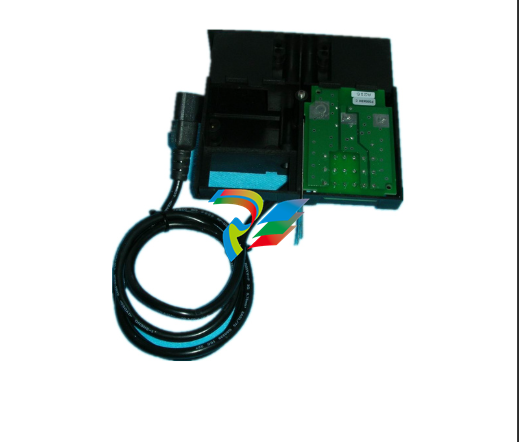



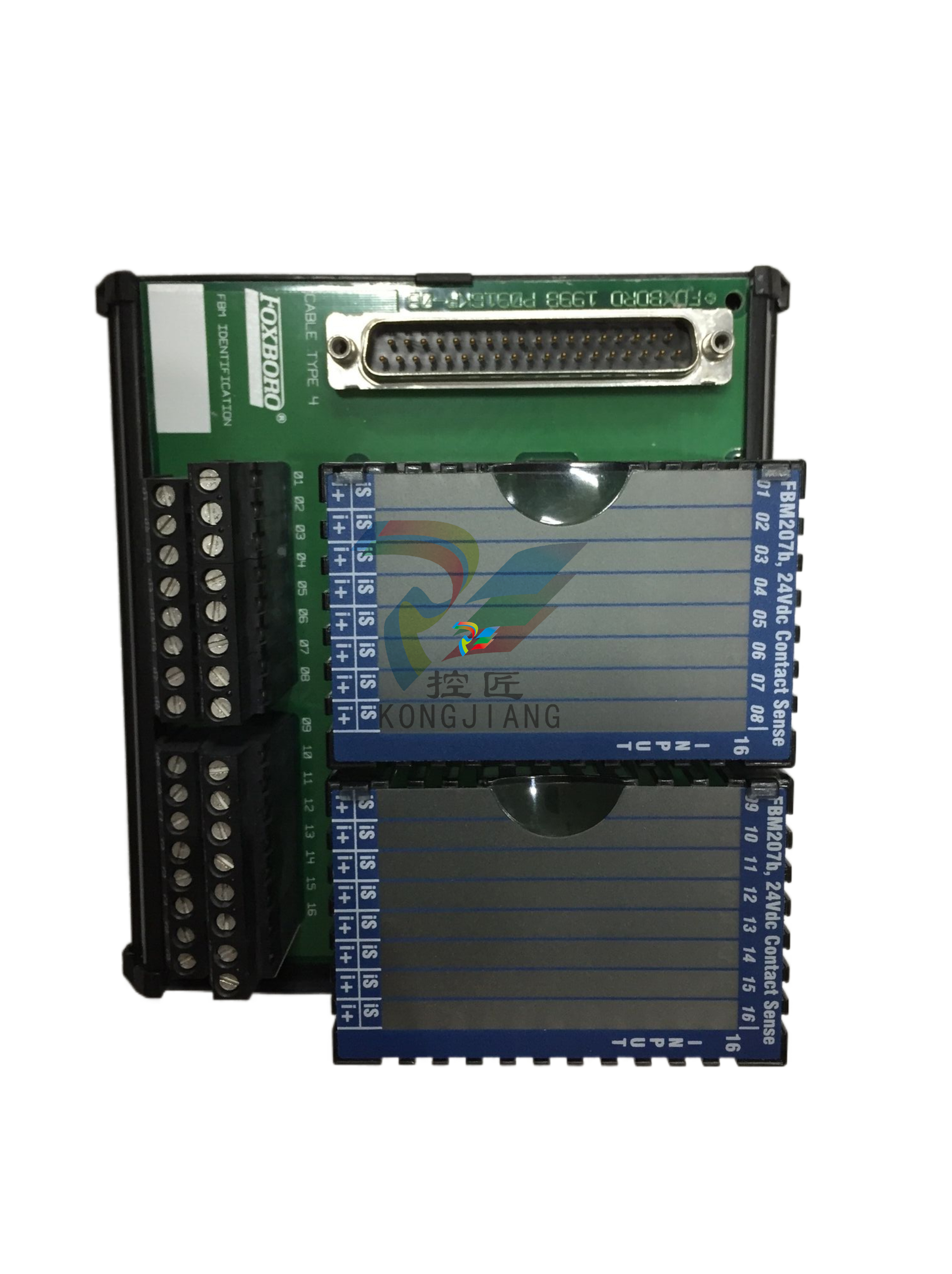
.jpg)
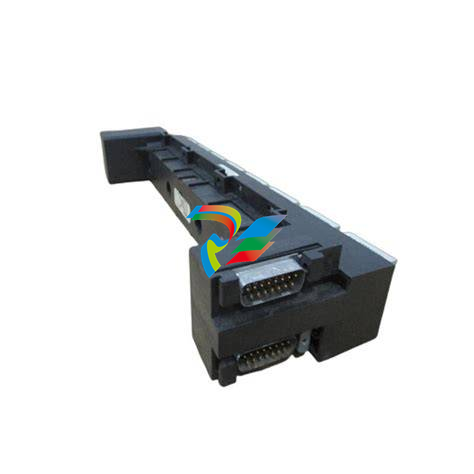

.jpg)


